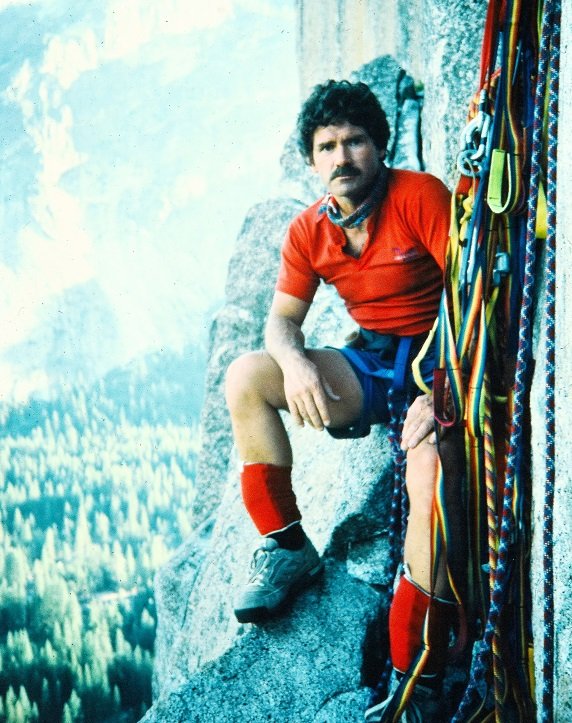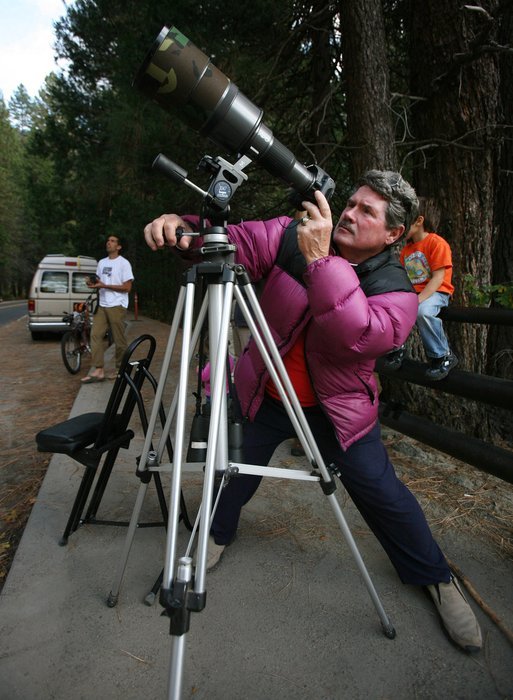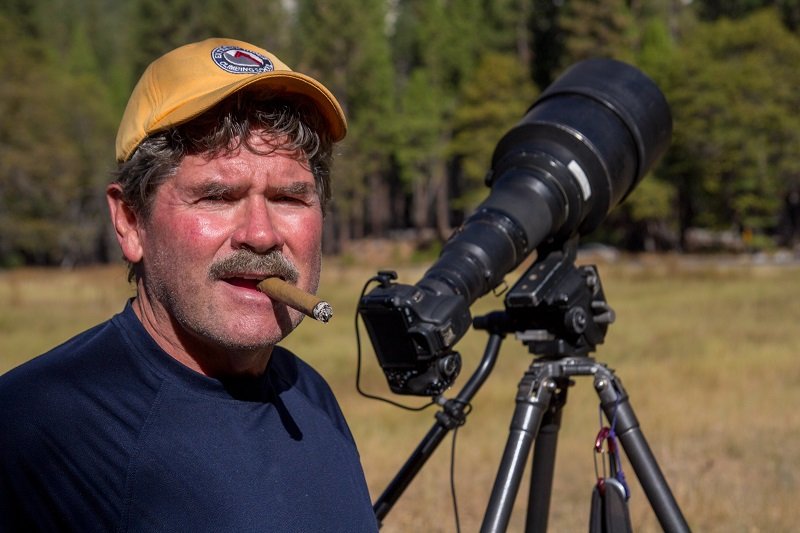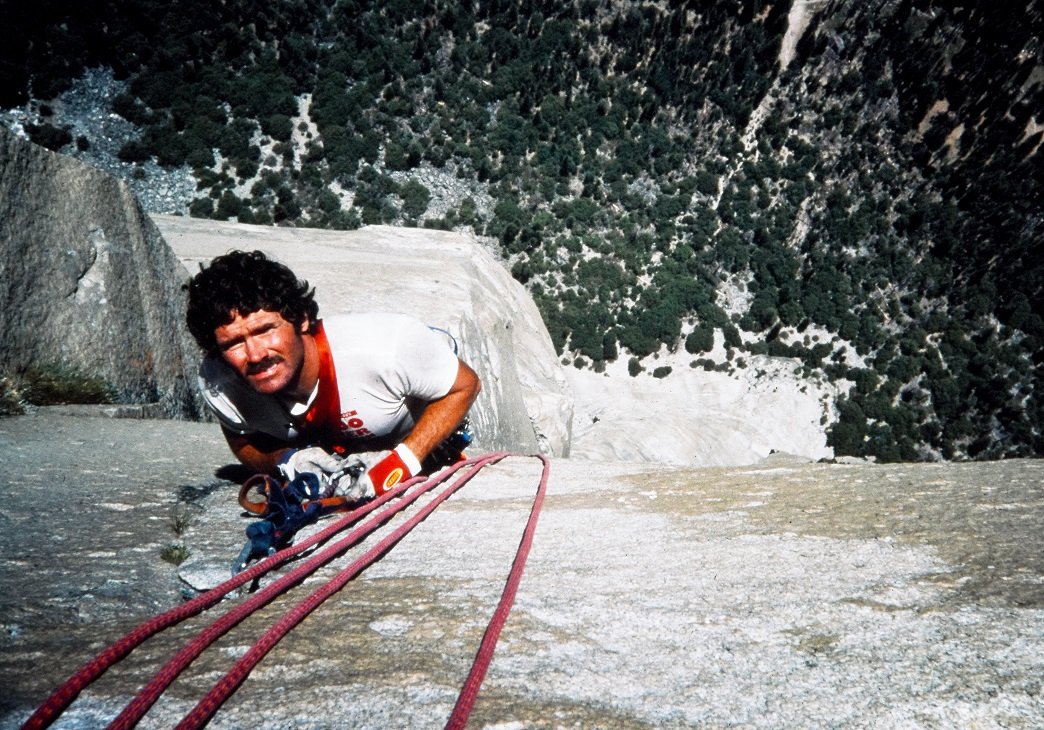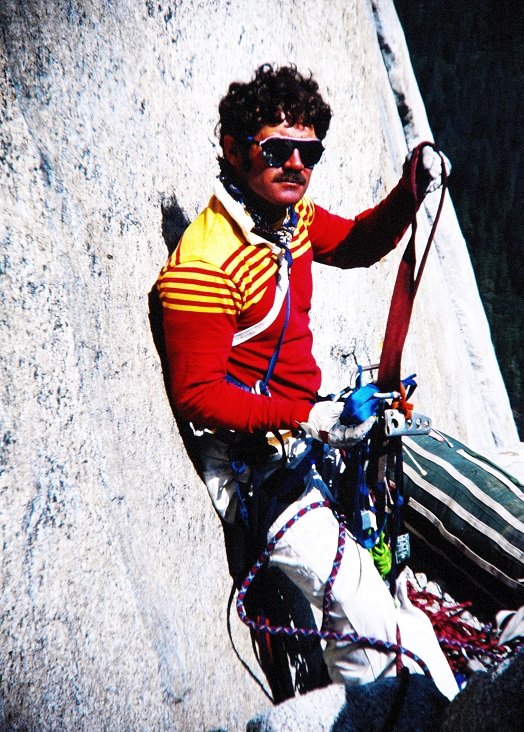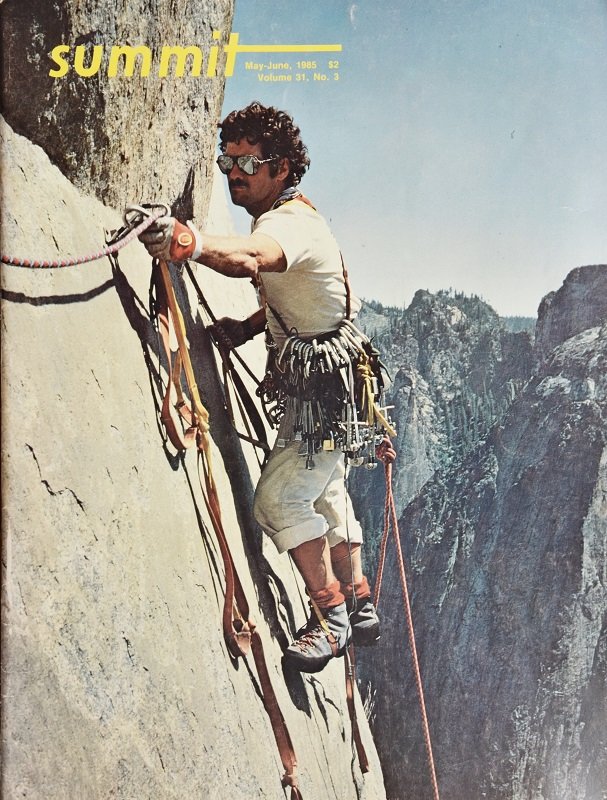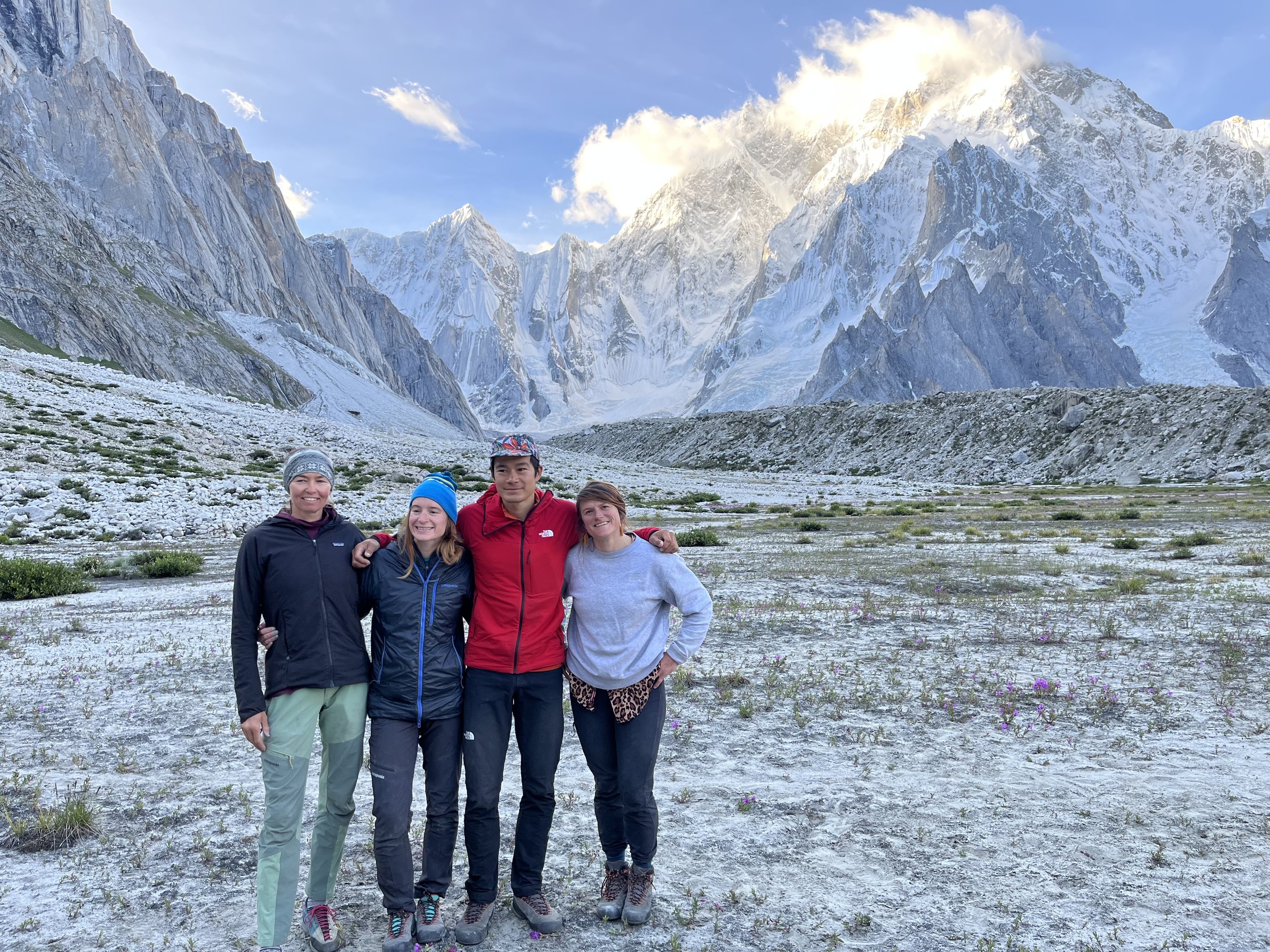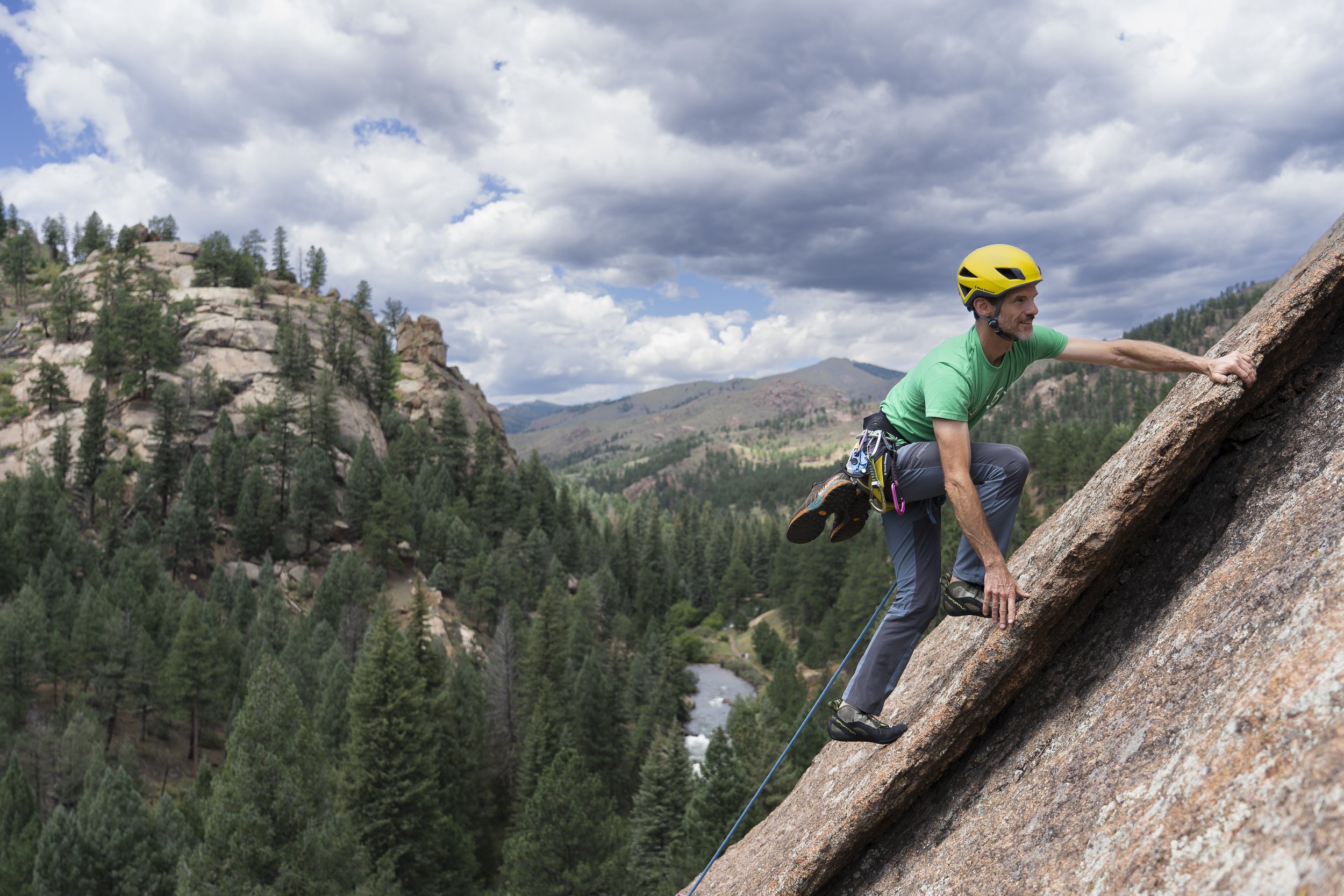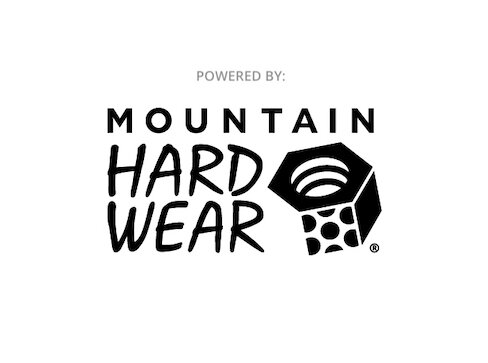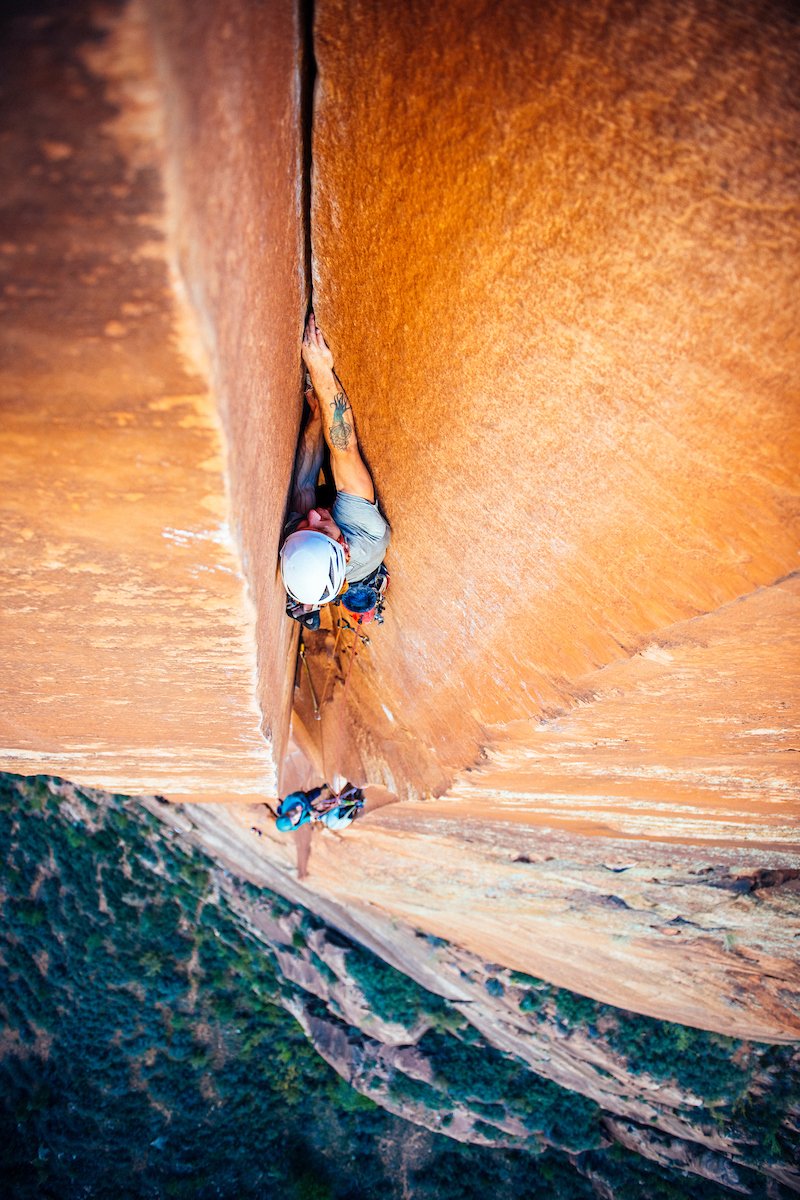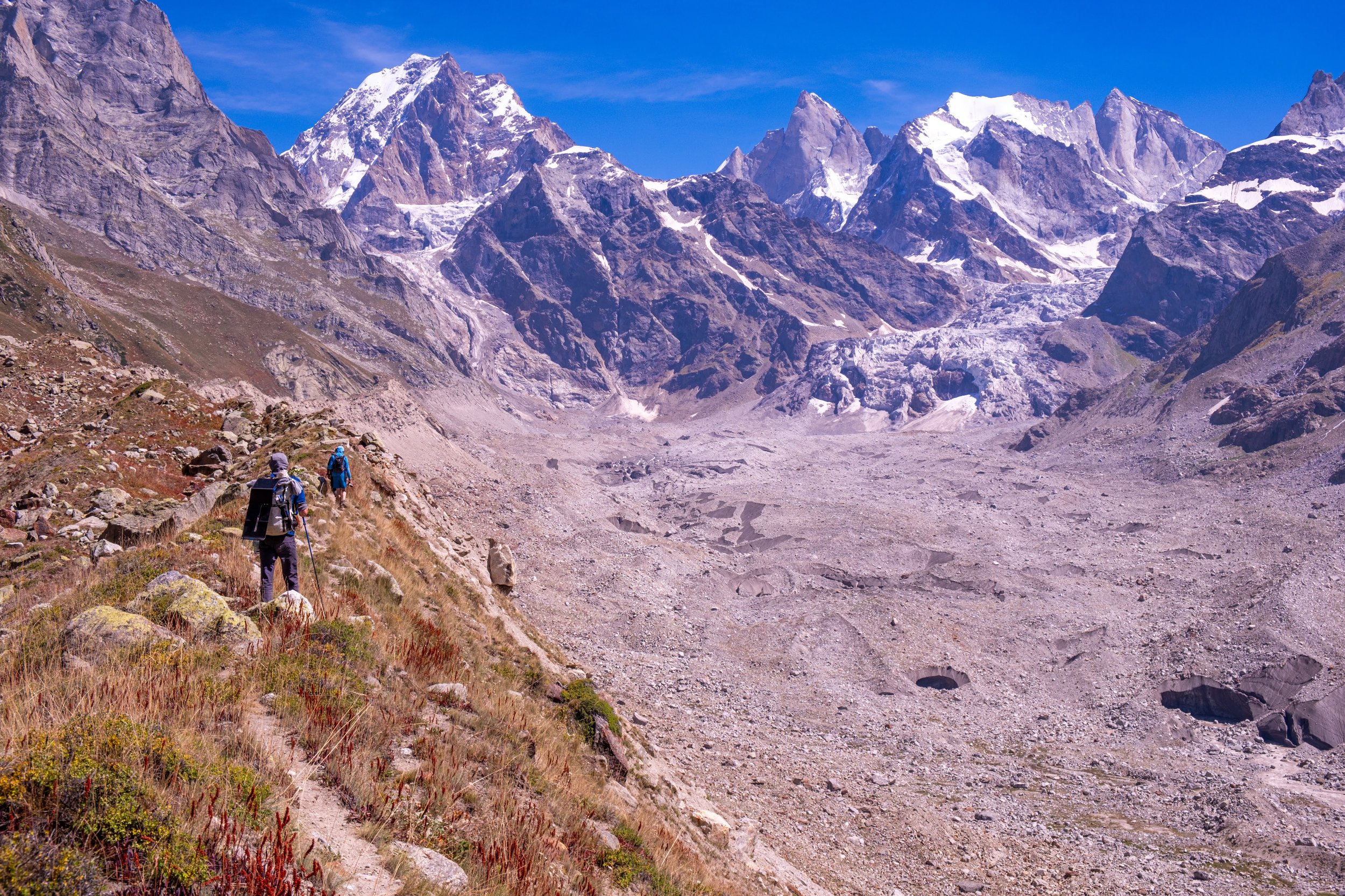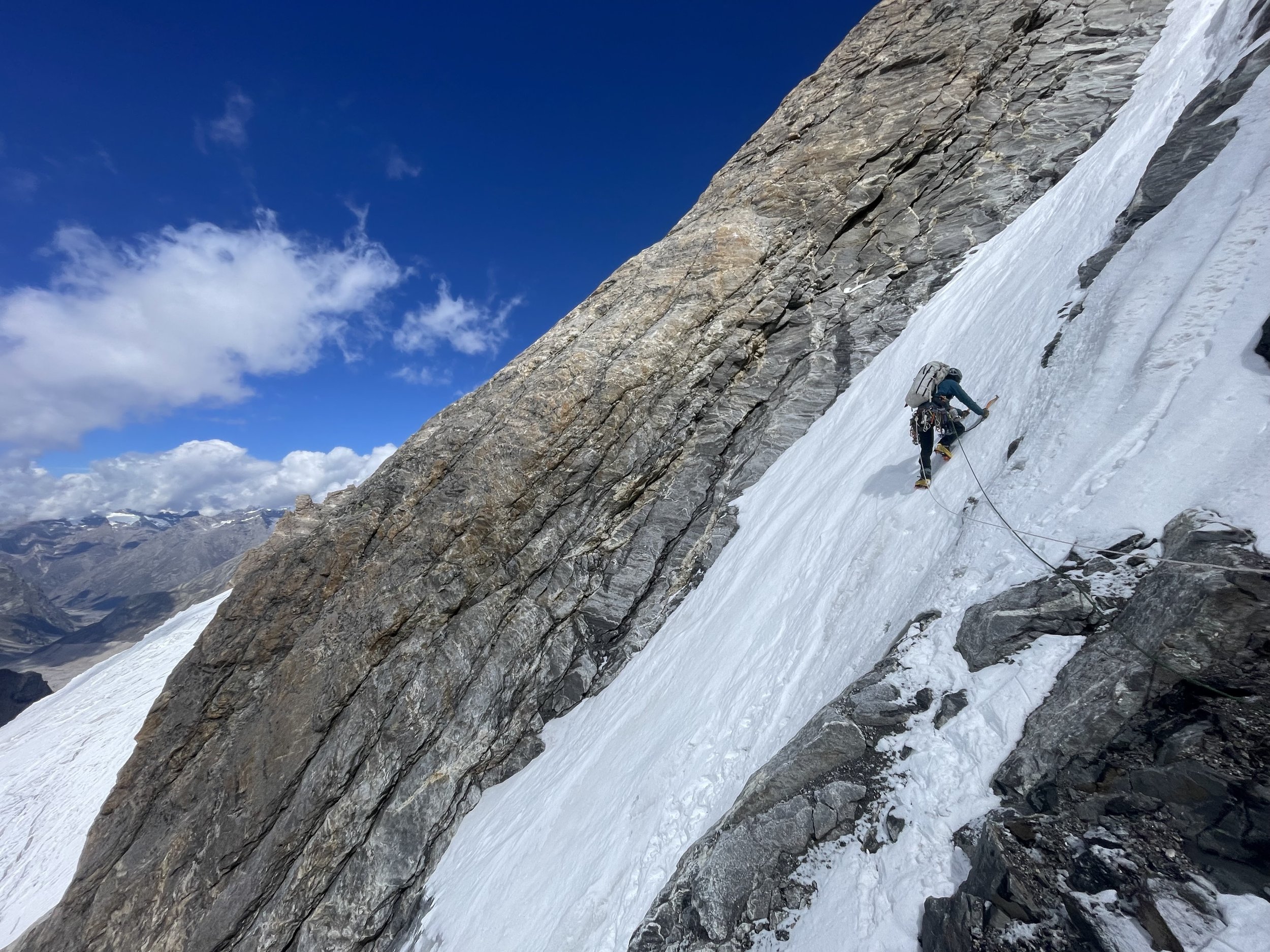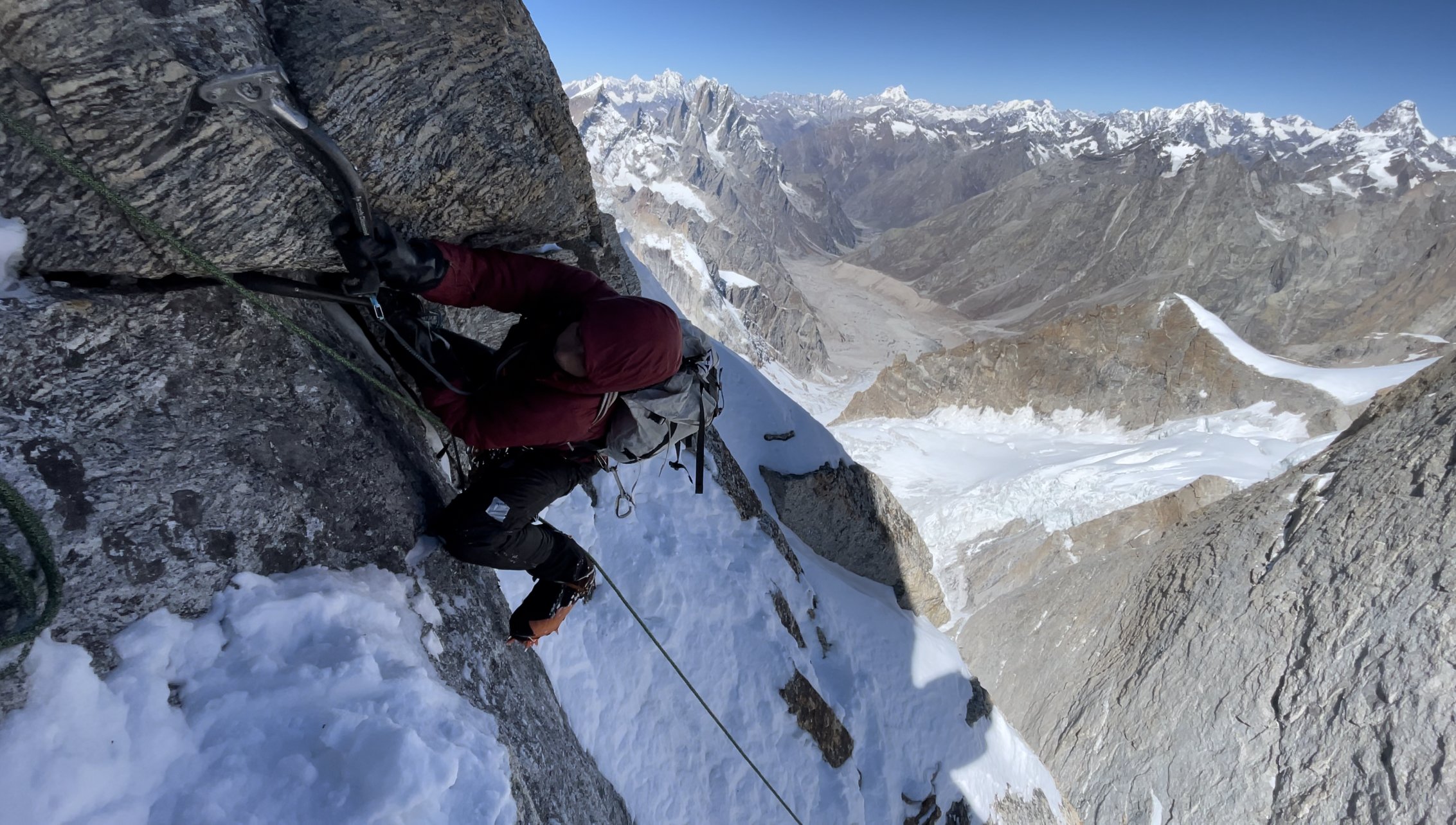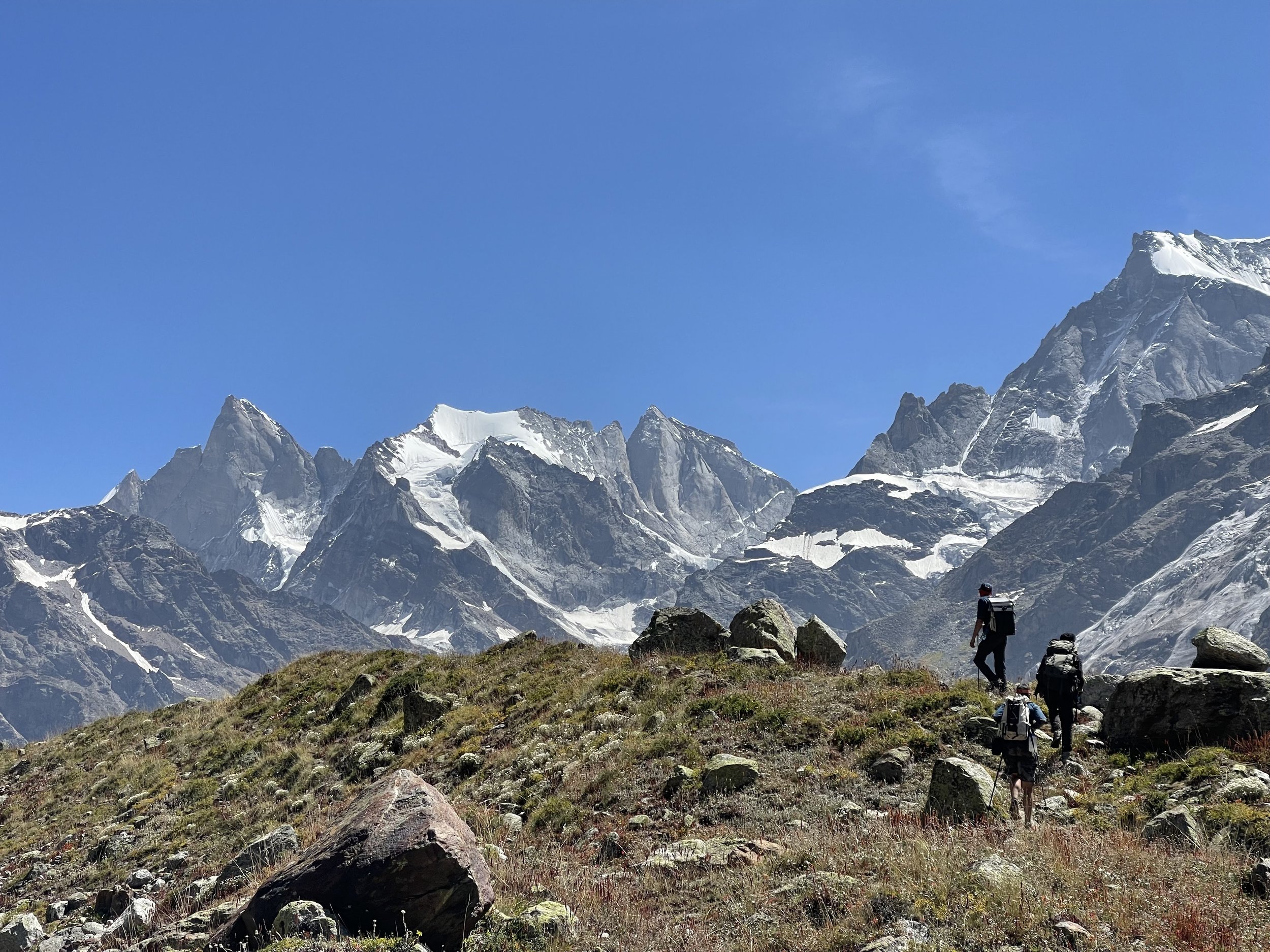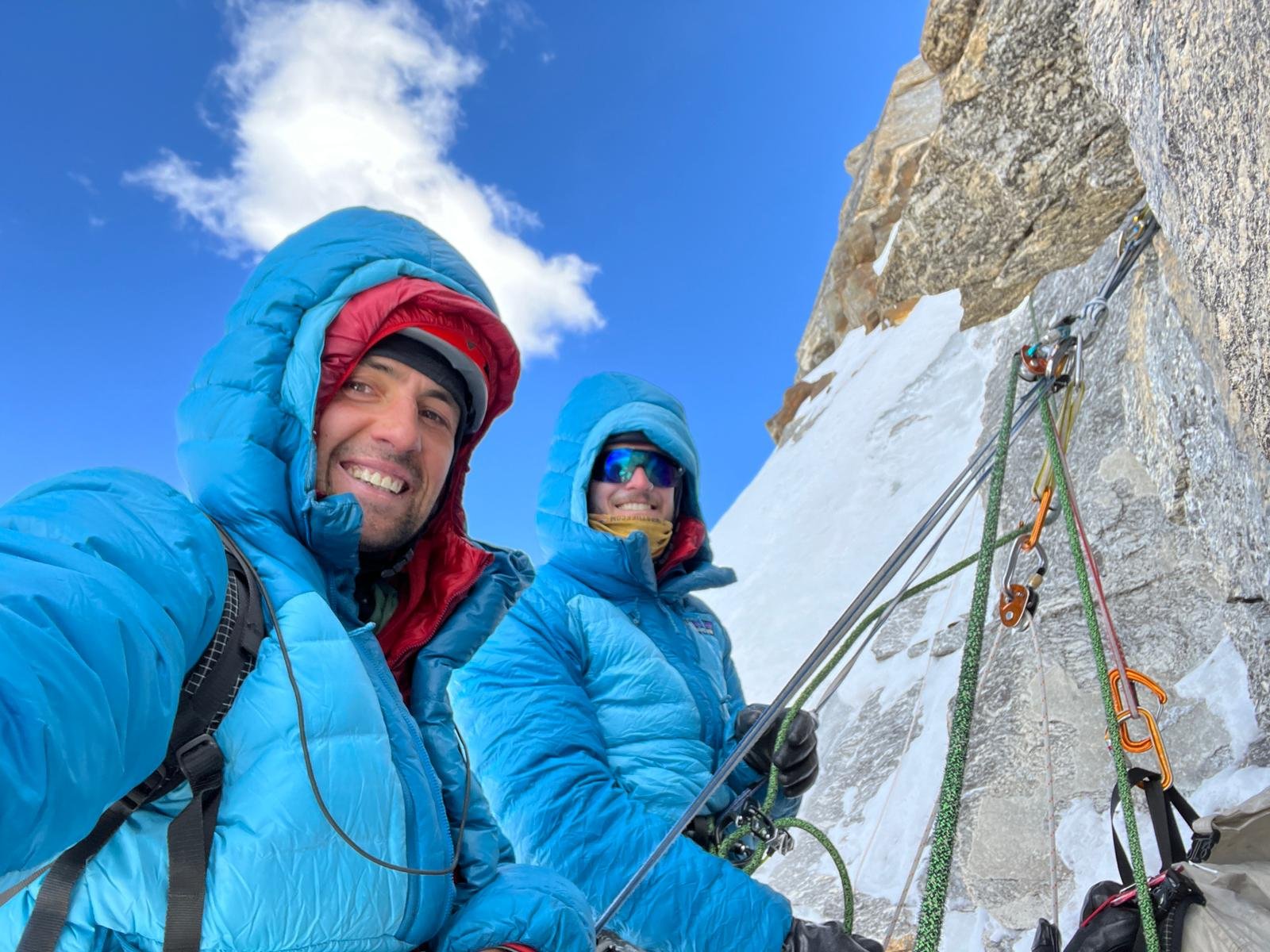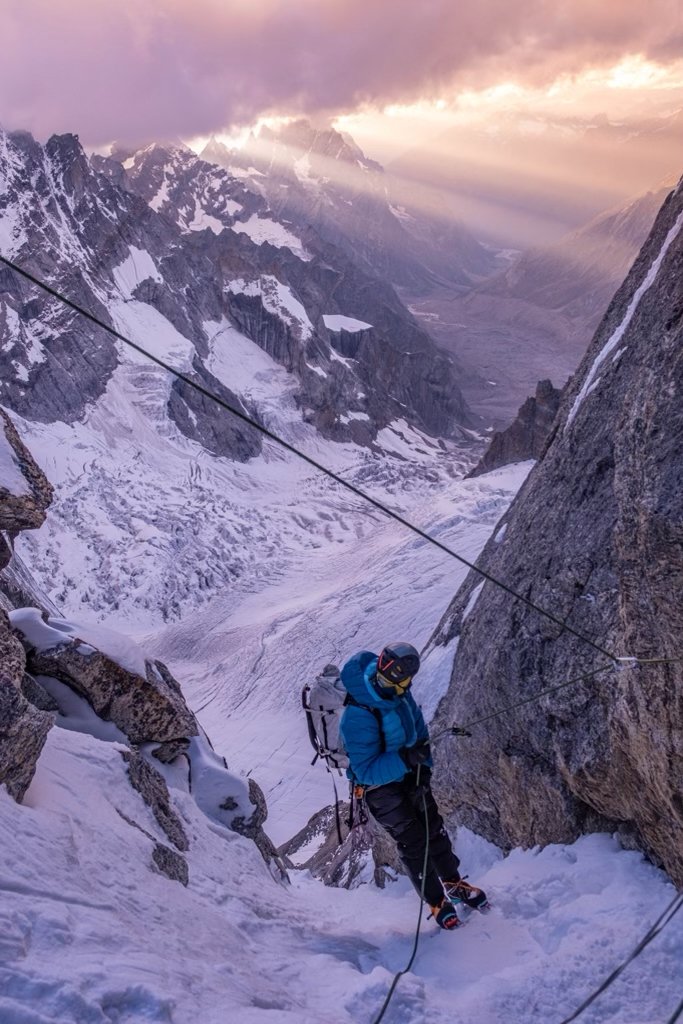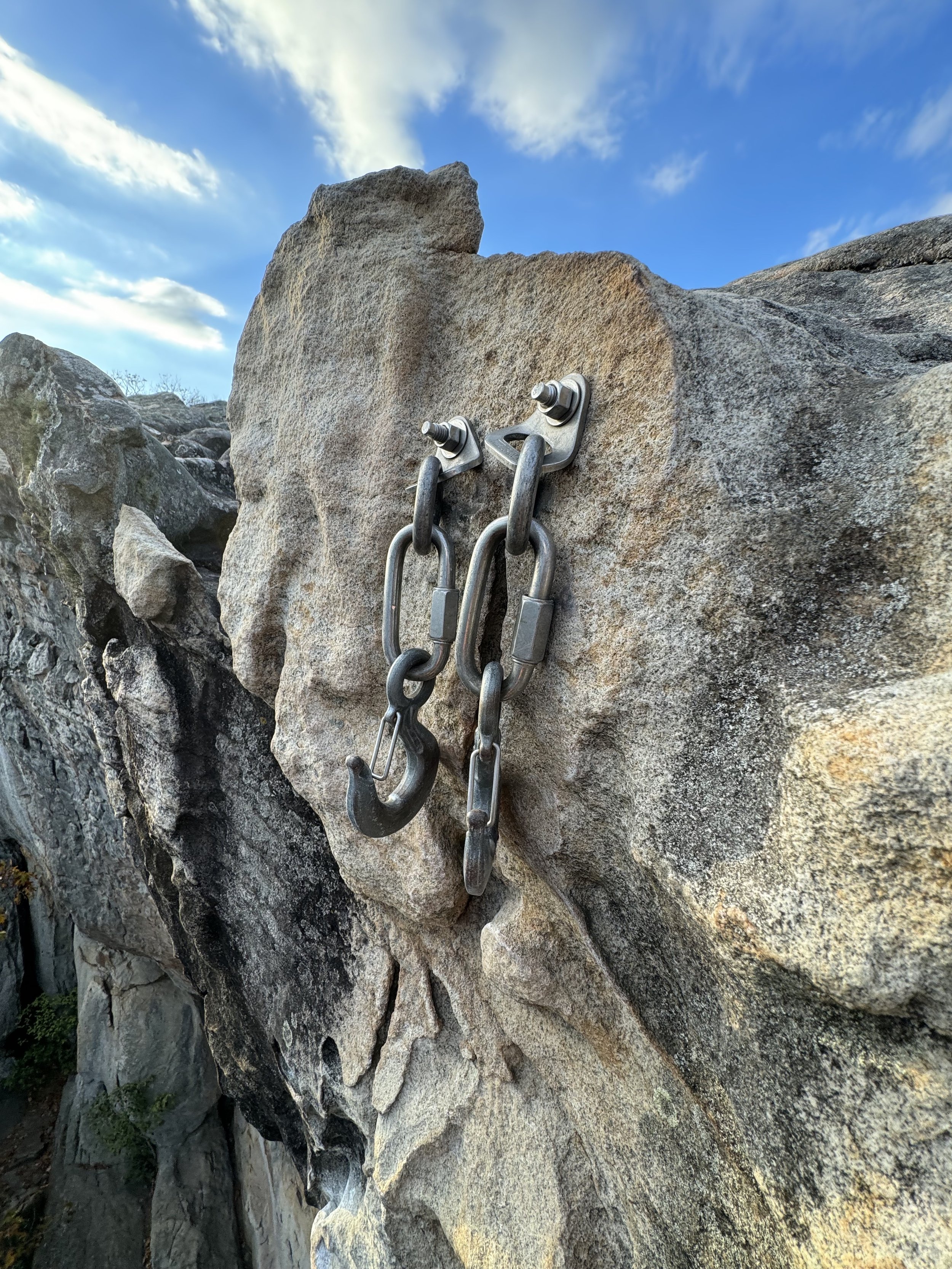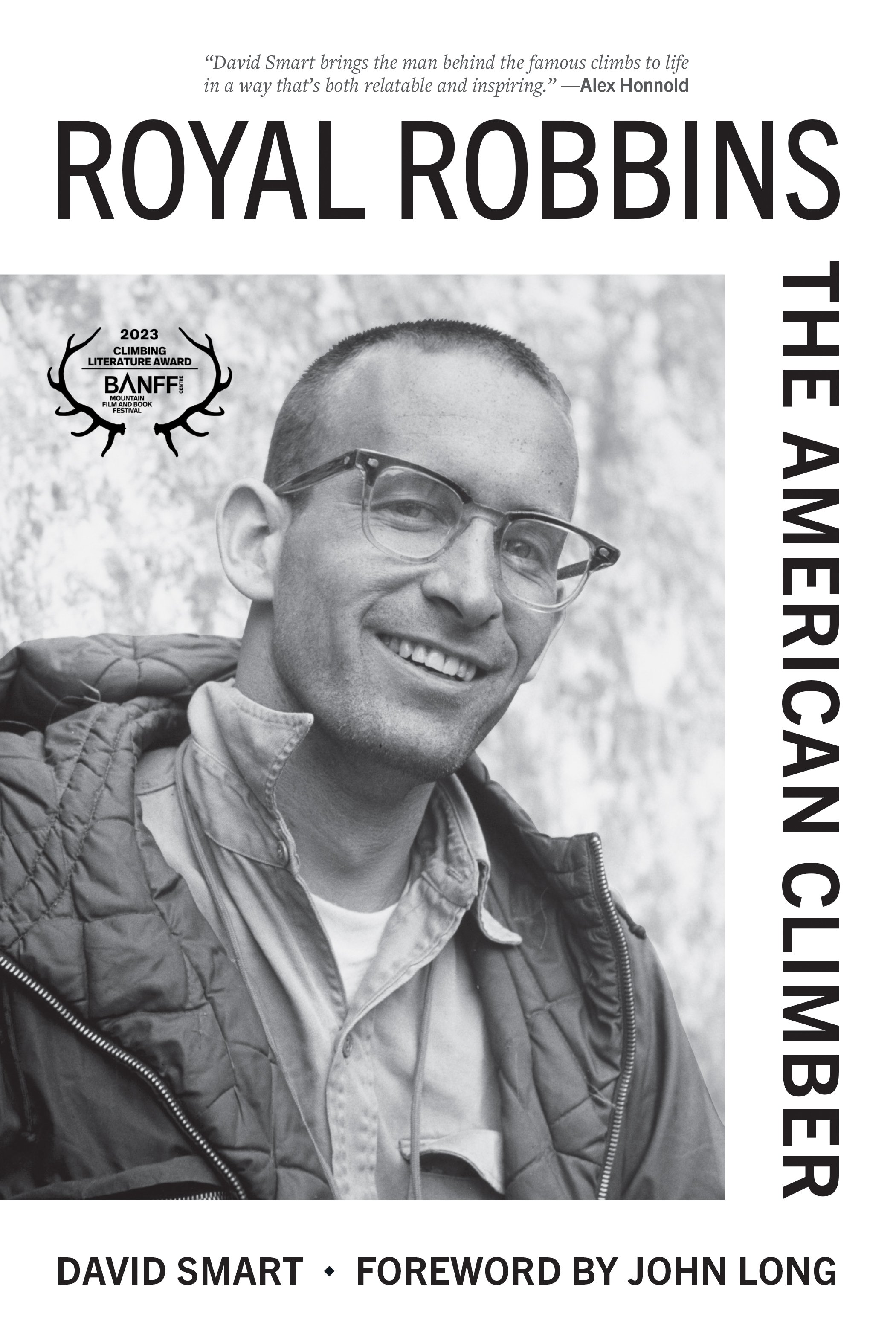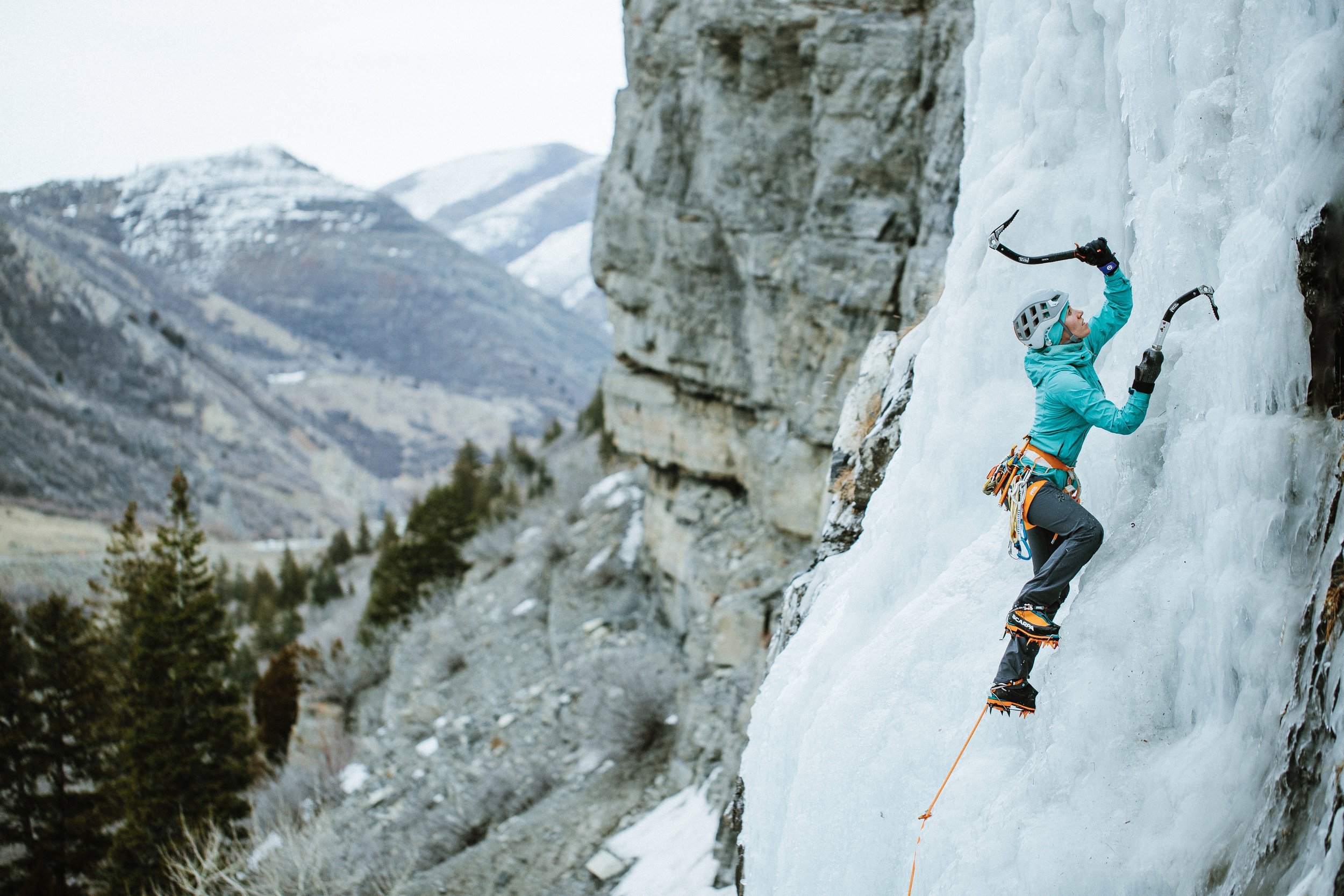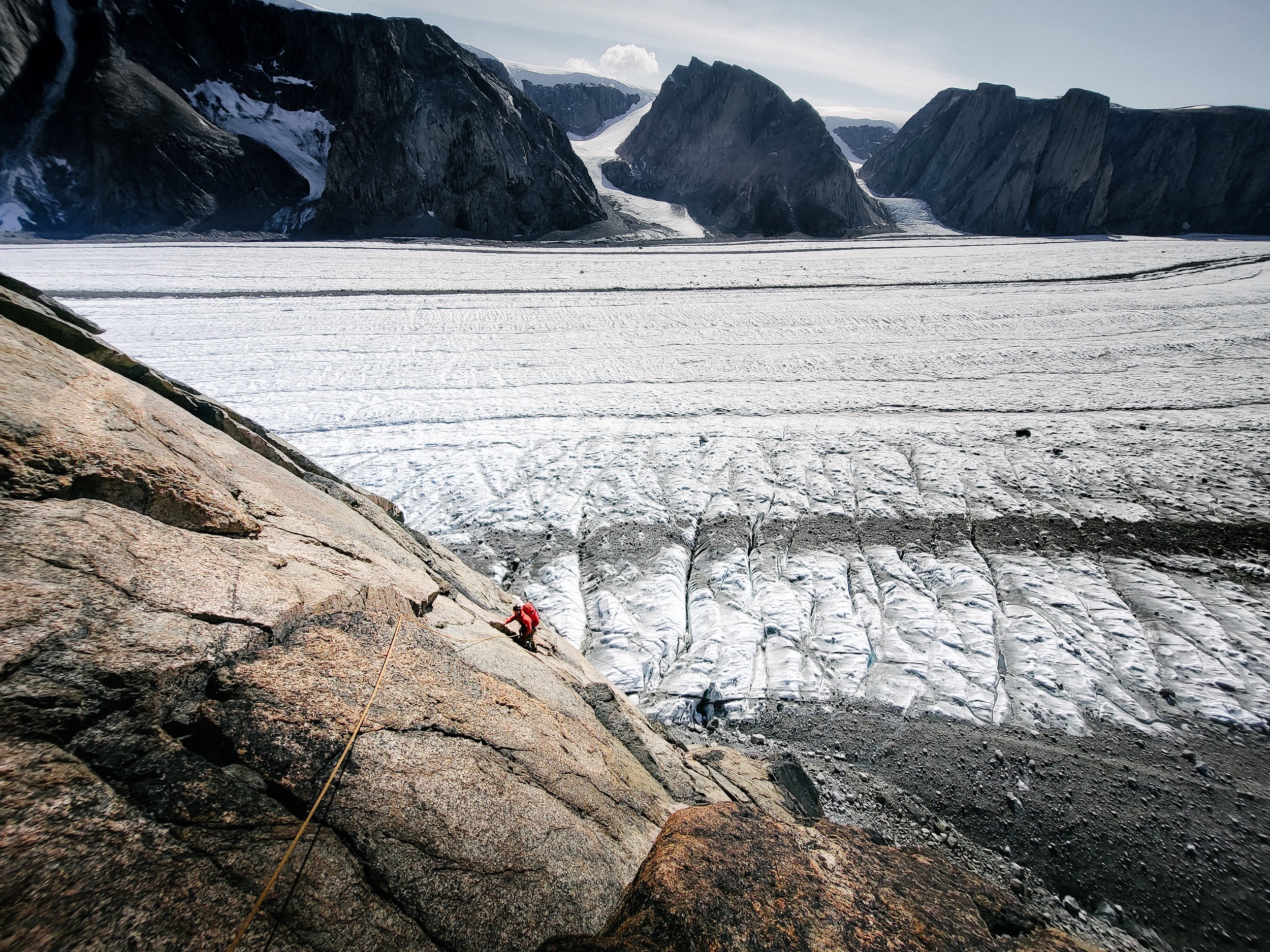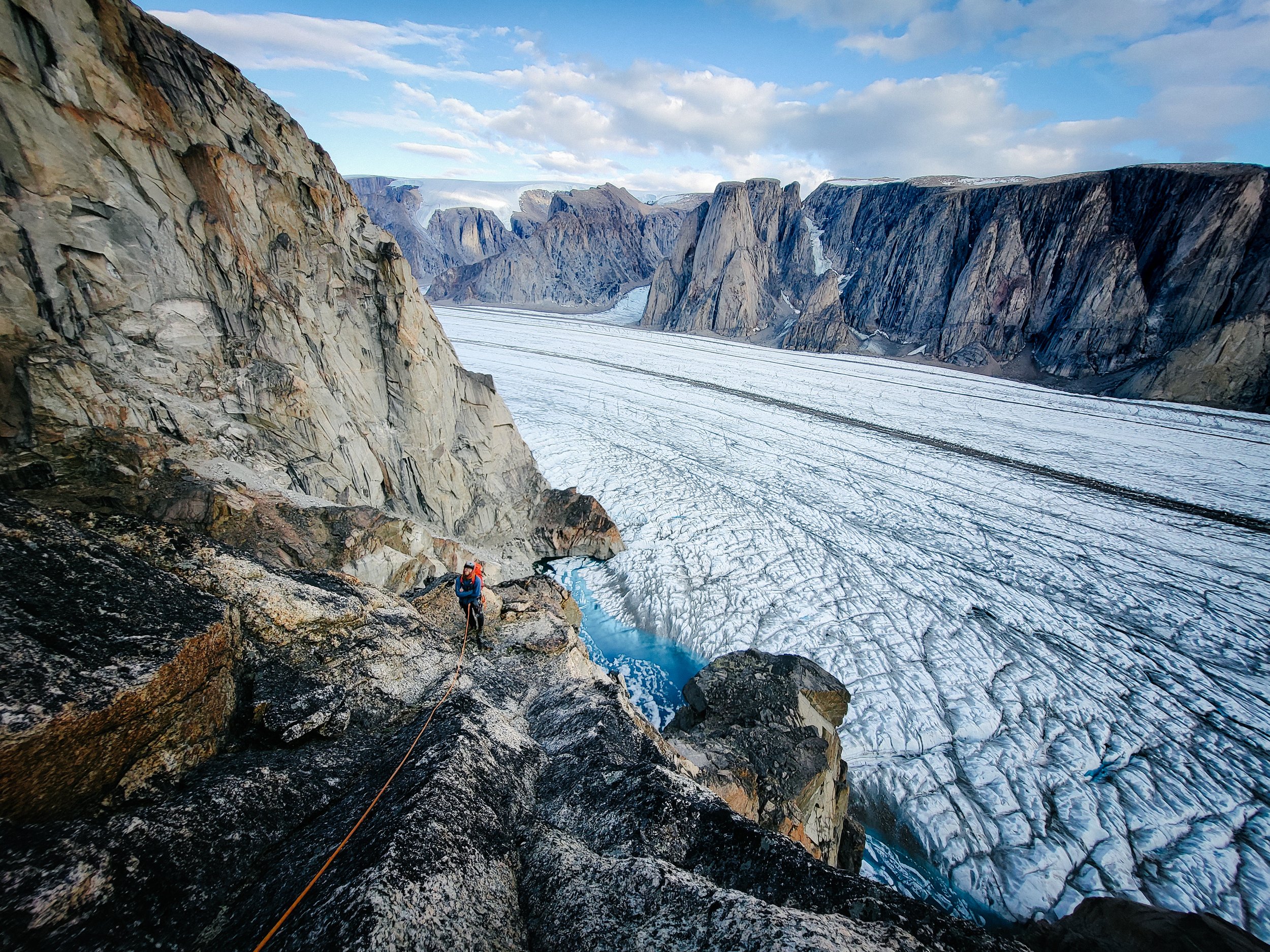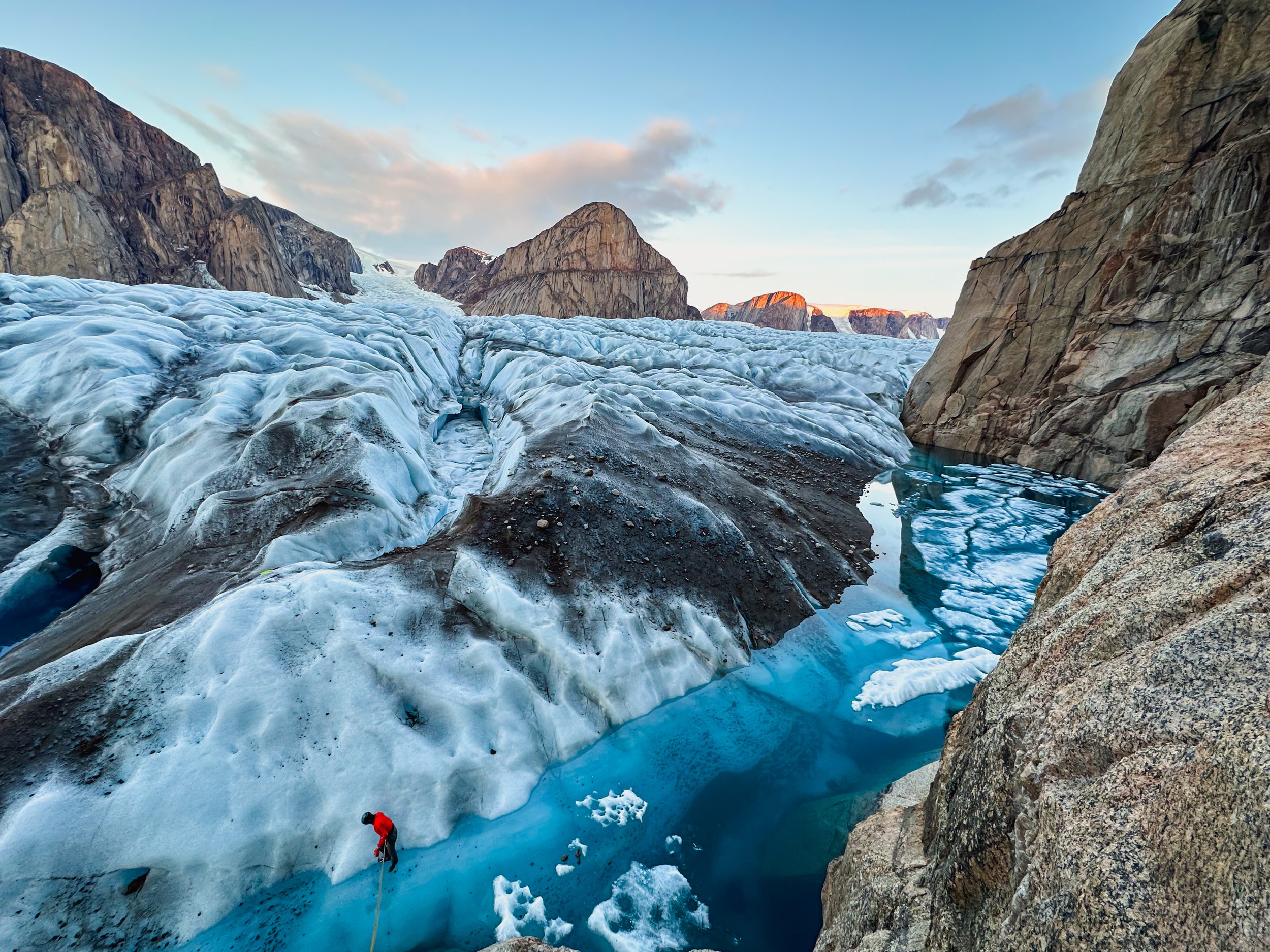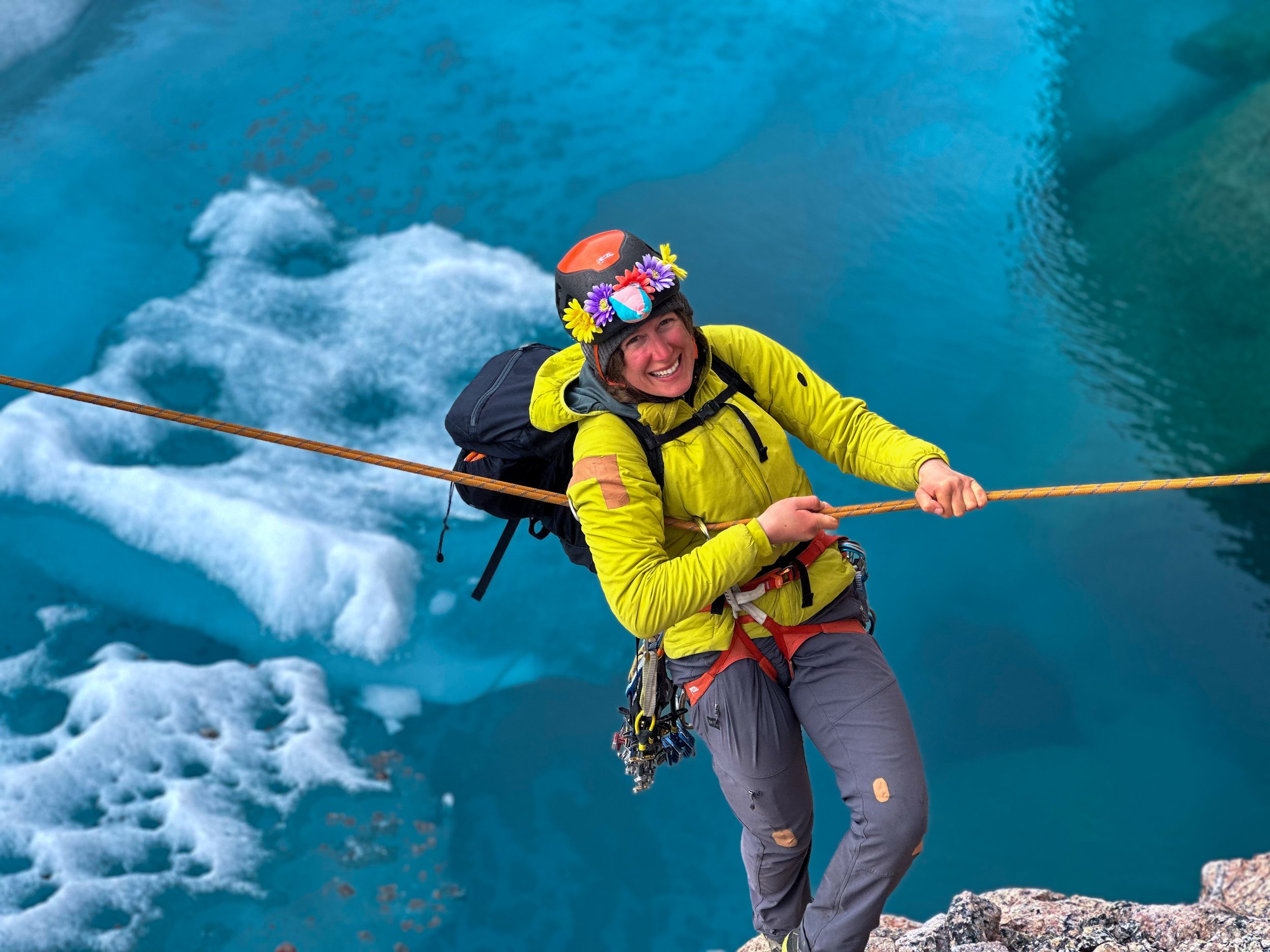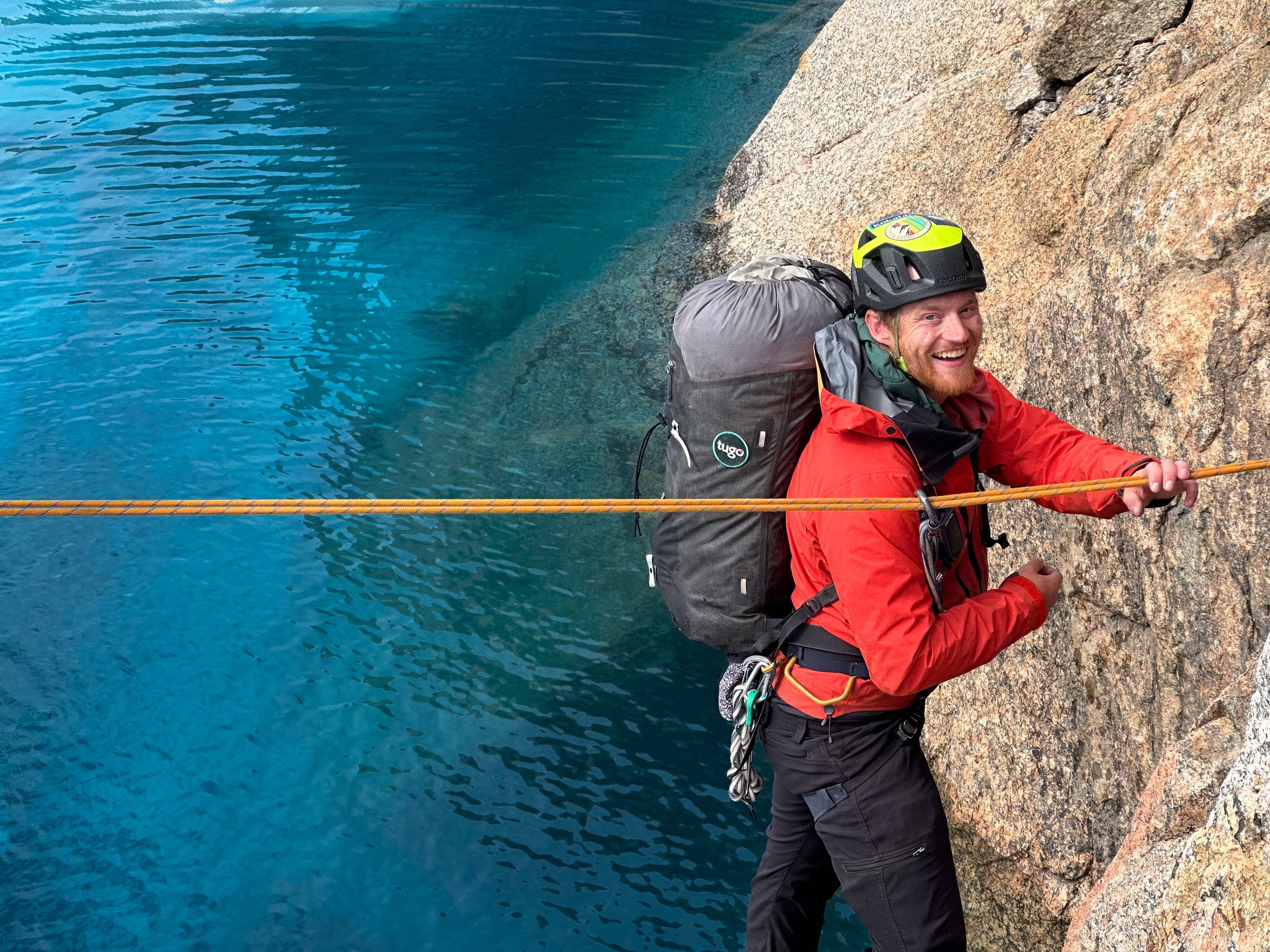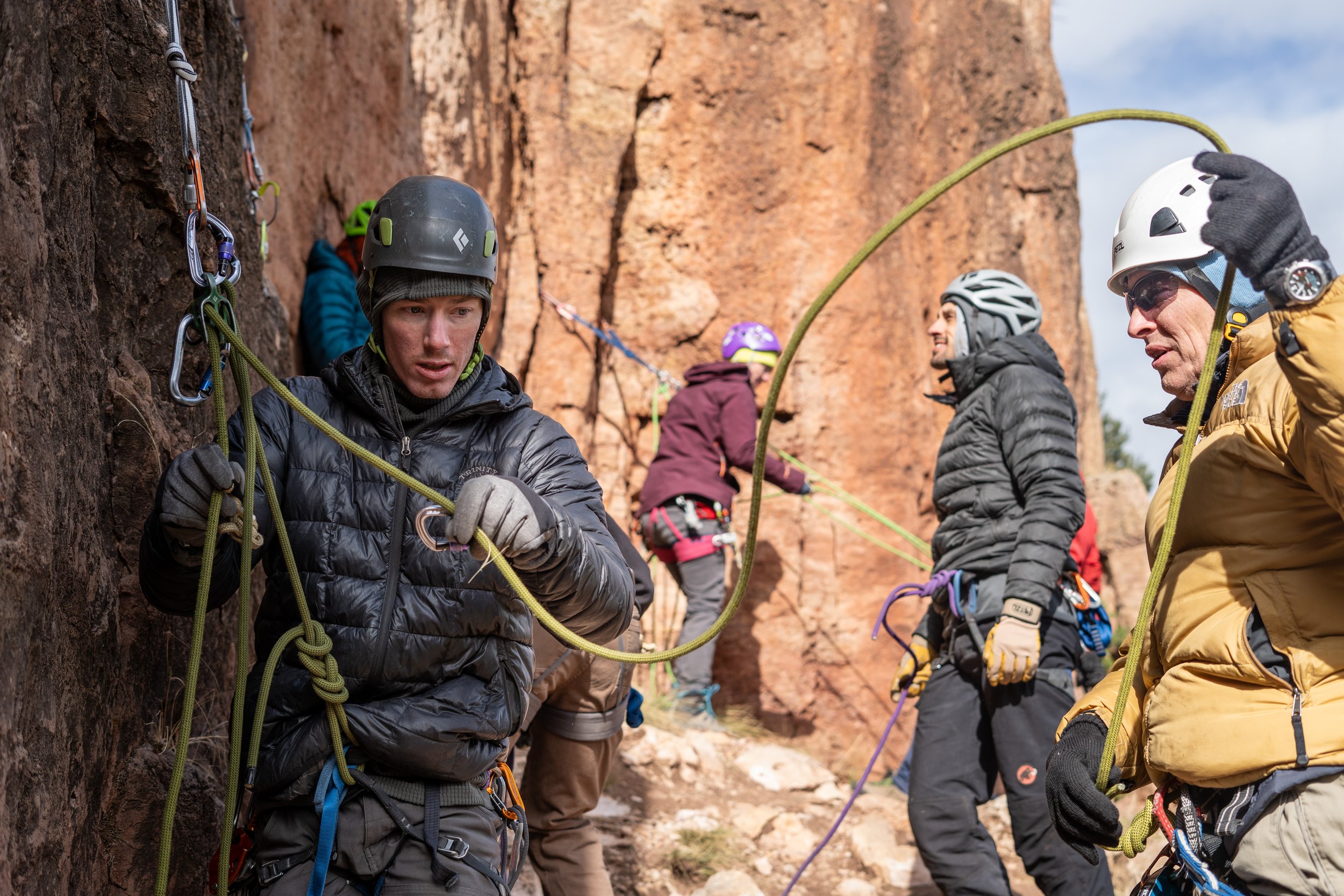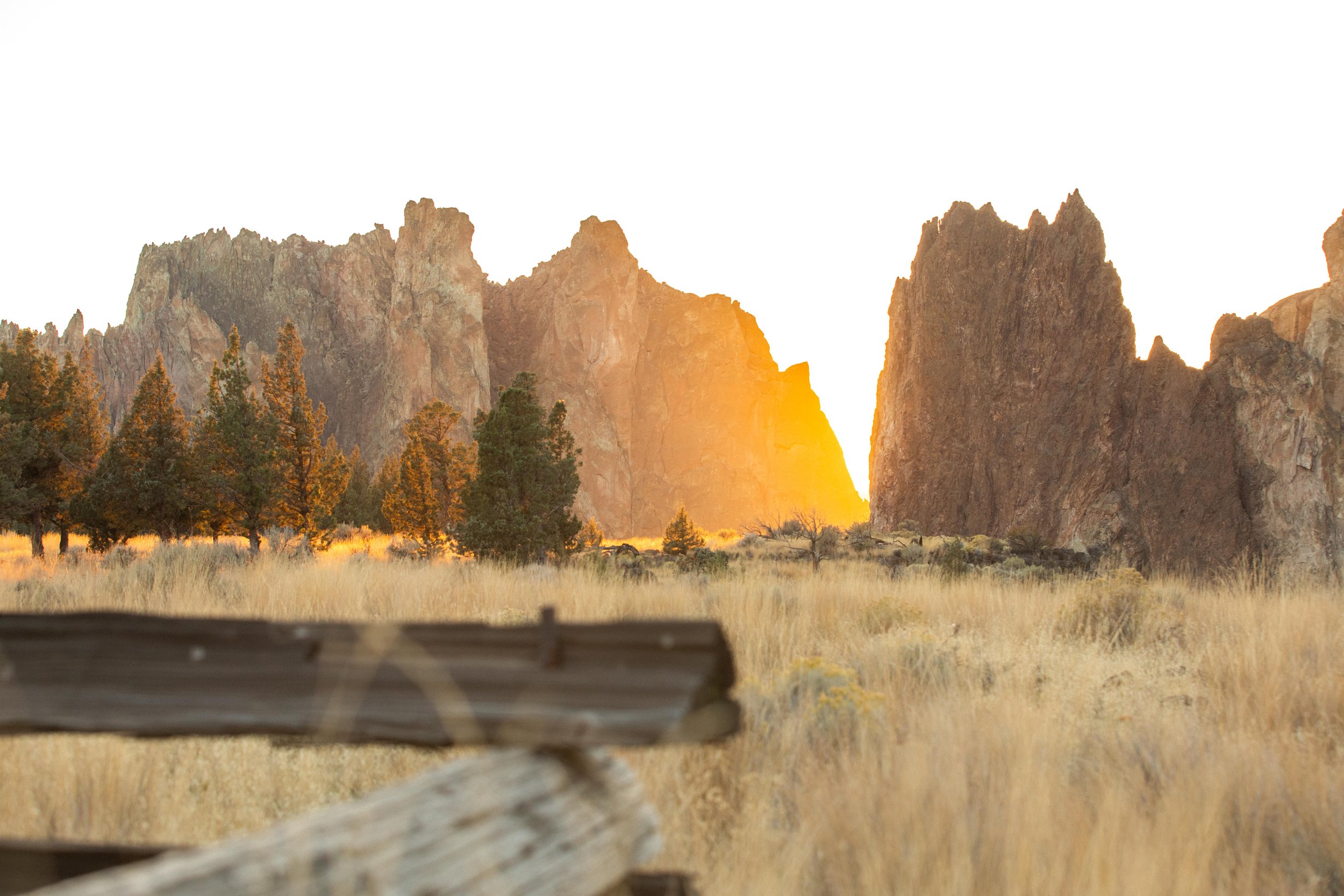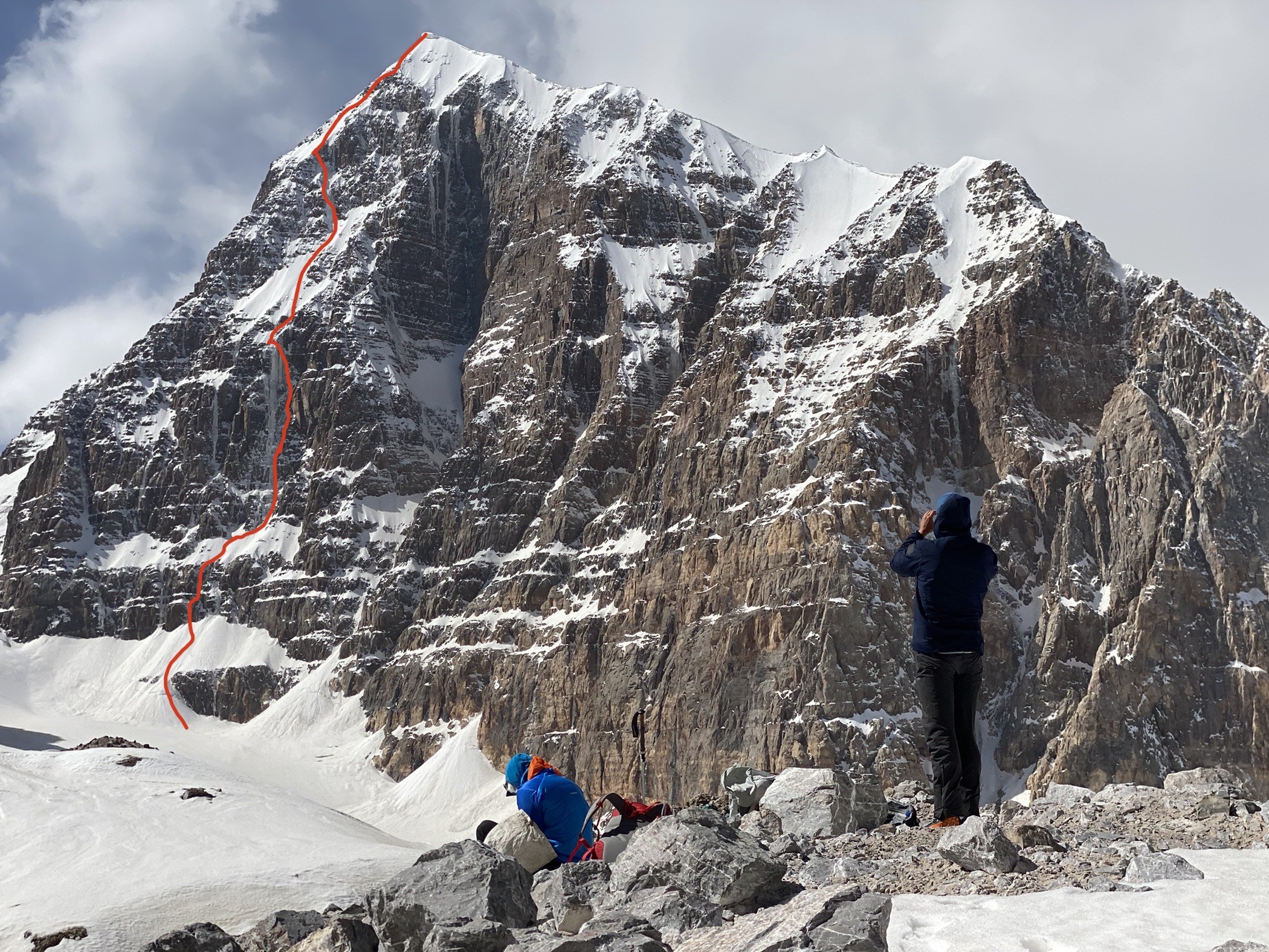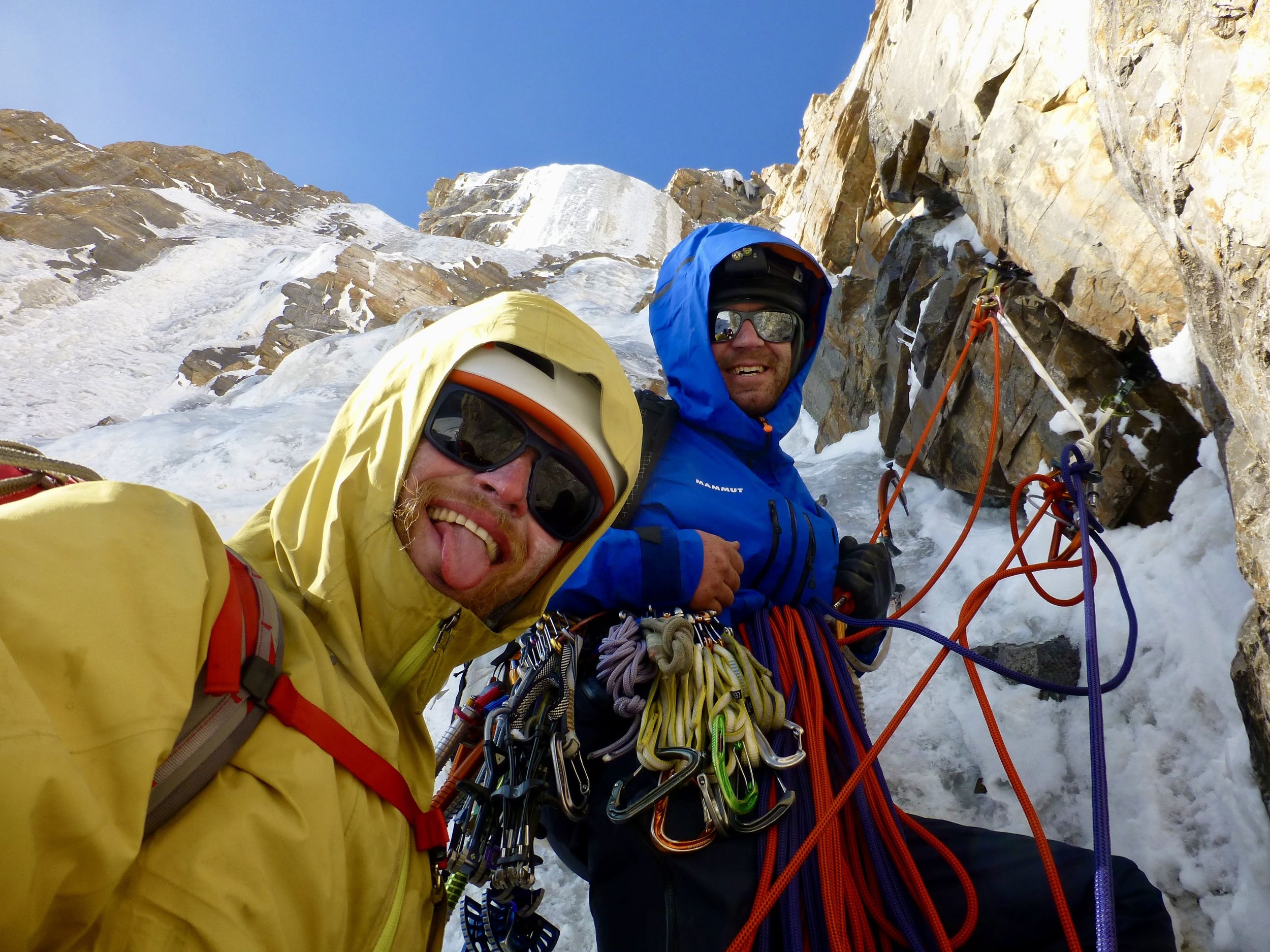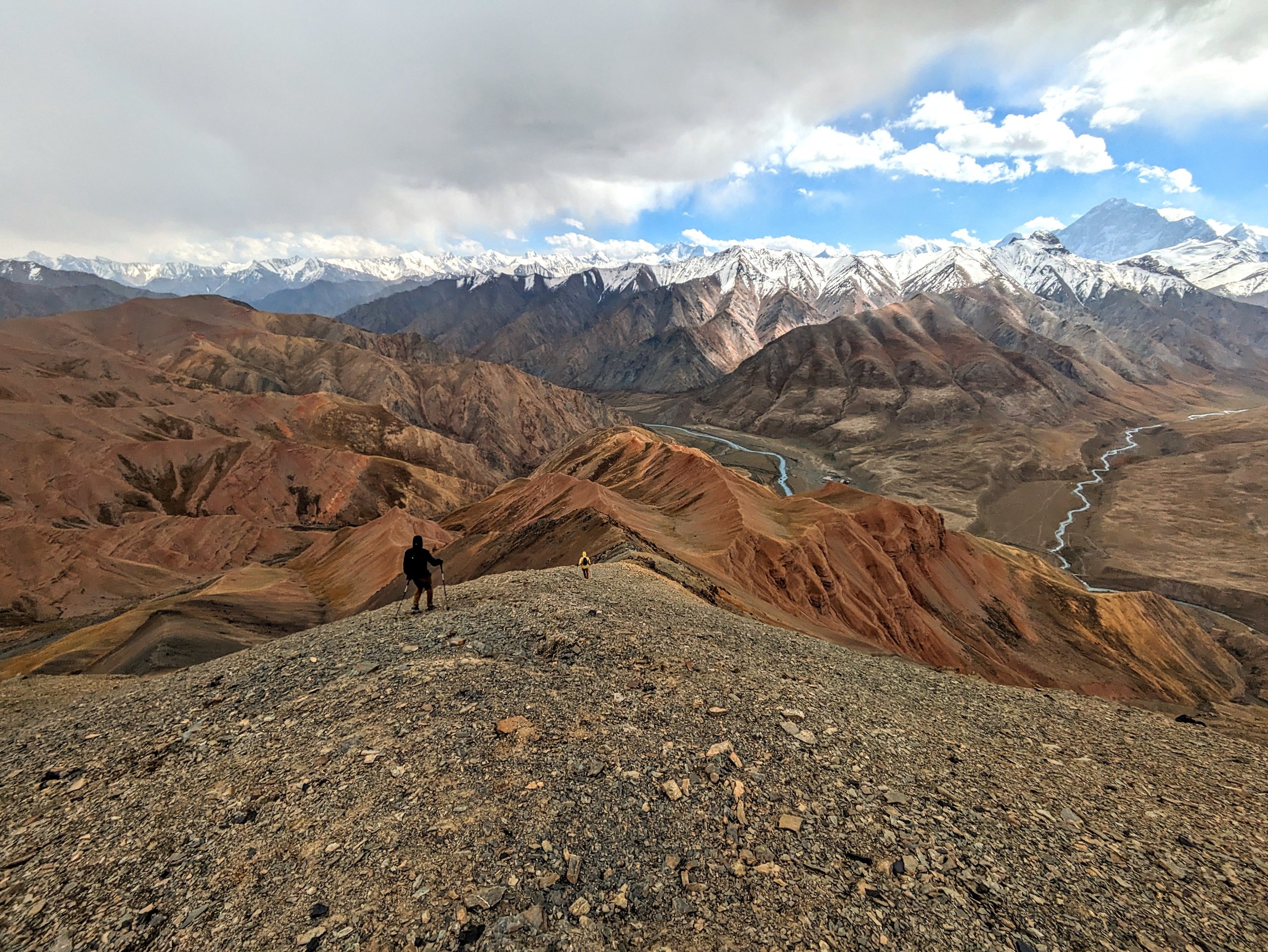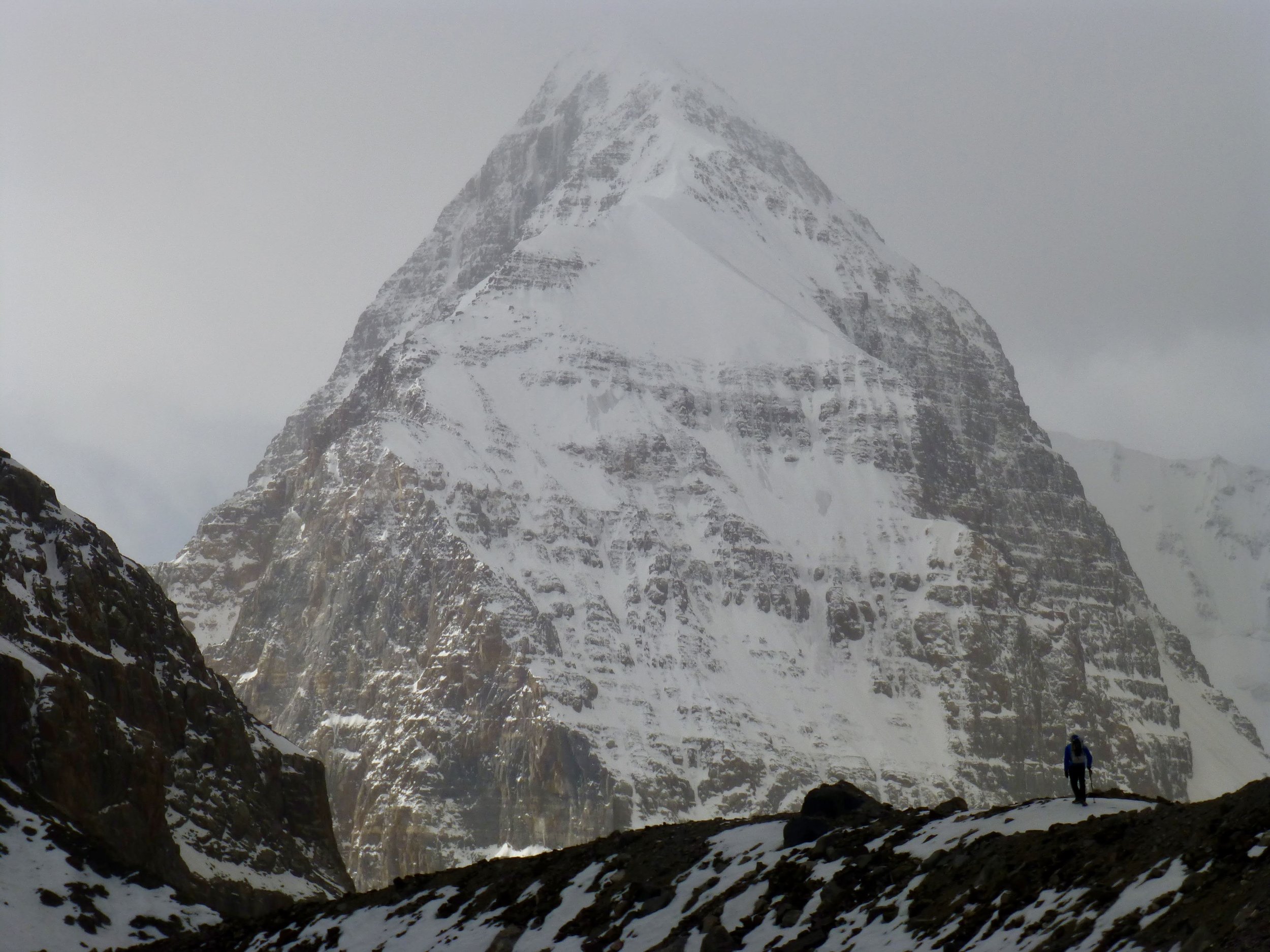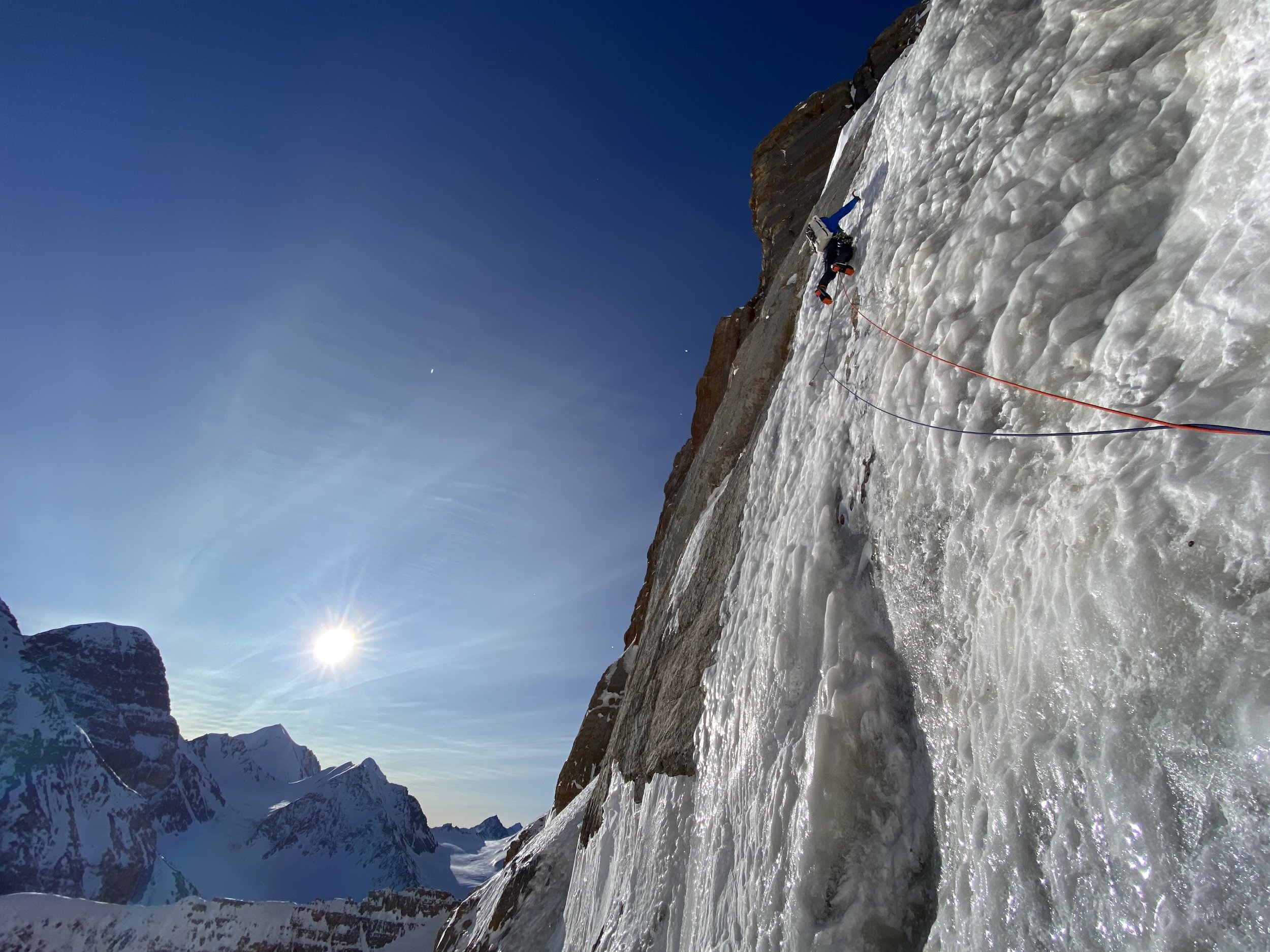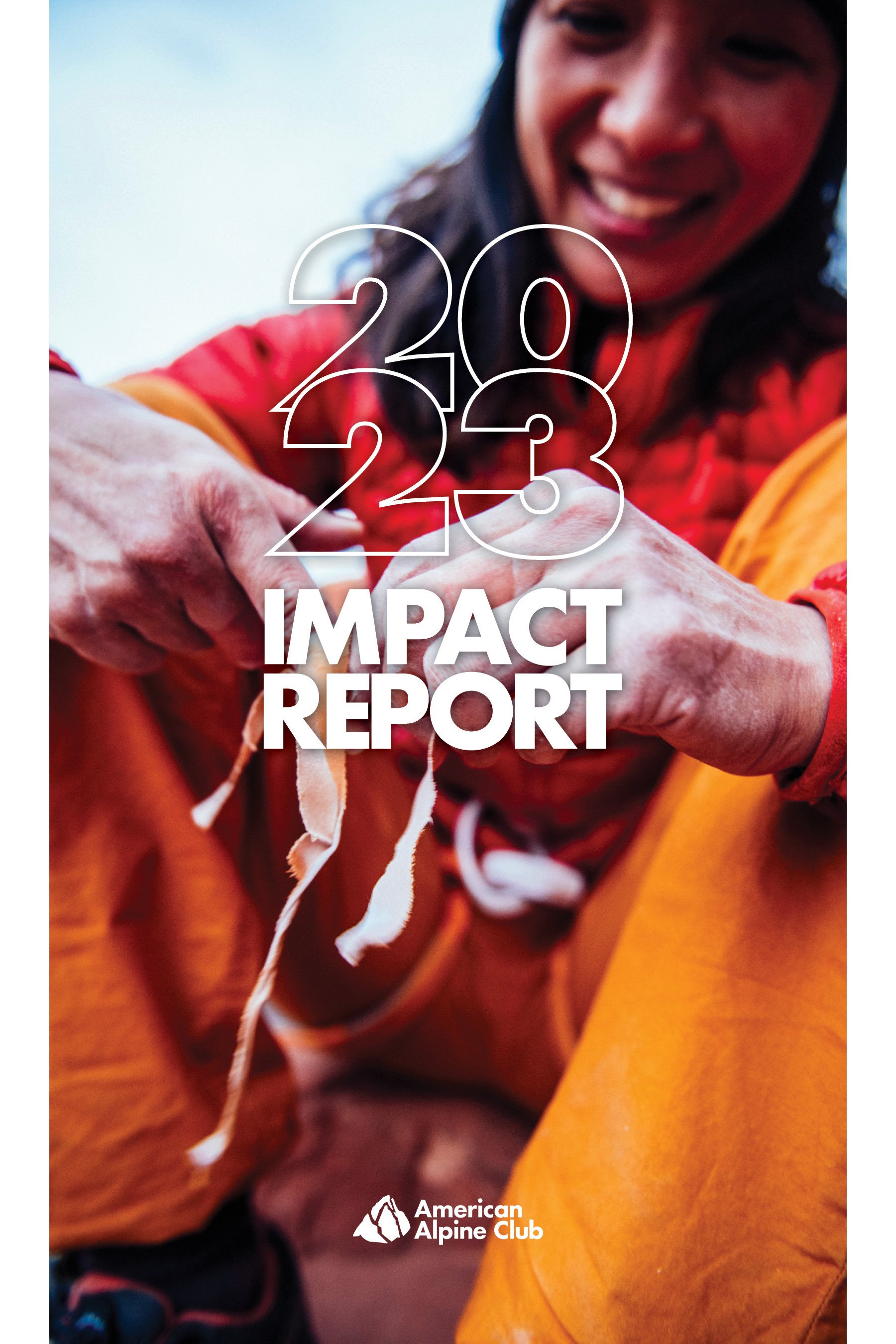“I'm really learning the place,” said Hamm. Hamm is an AMGA Certified Rock and Alpine Guide, and an Apprentice Ski Guide, but she believes there is always more to learn, especially in alpinism.
In addition, Hamm and another teammate dealt with altitude sickness. This was something new for Hamm. She had never experienced it to the extent she did on this trip. On one of the climbs, she was breathing heavily. She had to take a moment to feel everything and then “get her shit together.” According to Hamm, her group’s effort to help each other out when they were sick was a highlight of their climbing.
Hamm’s team wasn't the only group stifled by the rain. Base camp, which sits at 14,321 feet, became a hub of climbers waiting for good weather windows. Groups played volleyball together, hosted movie nights, and played Settlers of Catan. Hamm was very social; she went to other campsites, hung out with different people, and got to know everyone. She read, worked out, and cooked with the porters.
Hamm took it in stride—the trip wasn't a negative experience; things just weren't aligning. With each passing season, she is becoming more and more dialed. Last year, Hamm and Dakota Walz started a line, but they didn’t get to finish putting it up or cleaning it—they only completed one pitch. This year, Hamm got back on that first pitch with S. Williams, R. Williams, and Bukowski, and climbed five more pitches to link into the Southwest Ridge, first put up by Steve House, Marko Prezelj, and Vince Anderson in the early 2000. Their “sit-start” to the Southwest Ridge is called Stop Talking (six pitches, 5.12-). Their plan was to link into the Southwest Ridge and then break off into the west face and put up a new route, but once again, rain and thunder turned them around. Later, S. Williams and R. Williams attempted Stop Talking ground up, but were again foiled by rain.
On expeditions, climbing isn't the only focus for Hamm. She believes in having a positive impact on the local community. The team brought over school supplies for the Hushe Valley, which they distributed among three schools in the area. In addition, Hamm set up a GoFundMe that goes towards the Iqra Fund, which helps Pakistani women achieve their master’s degrees. Hamm and the team met some of the women who benefited from the fund. The team got to see their faces, hear their voices, and see how they lived. Facilitating and helping with these women’s education meant so much to Hamm.
“I think one of the biggest highlights was meeting those women,” said Hamm.


